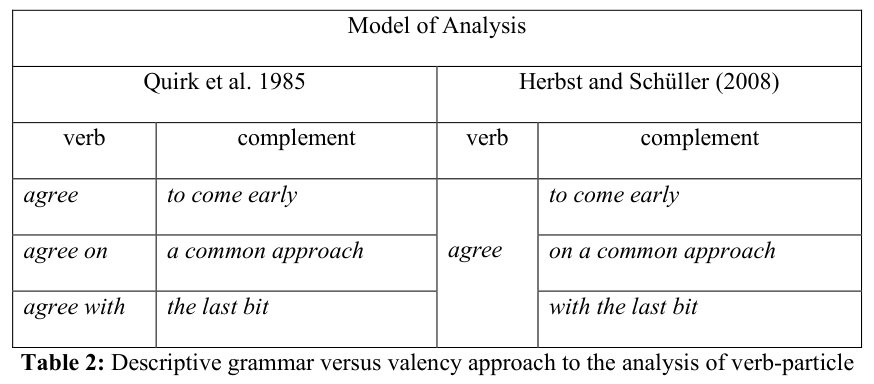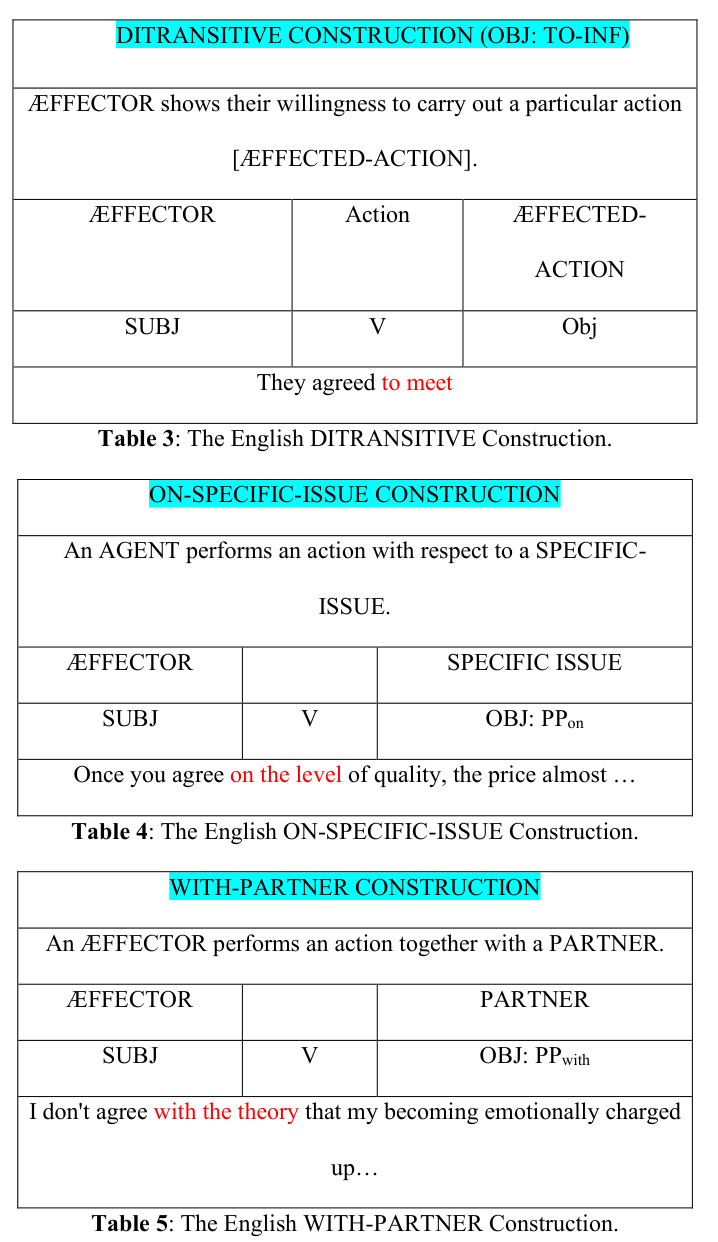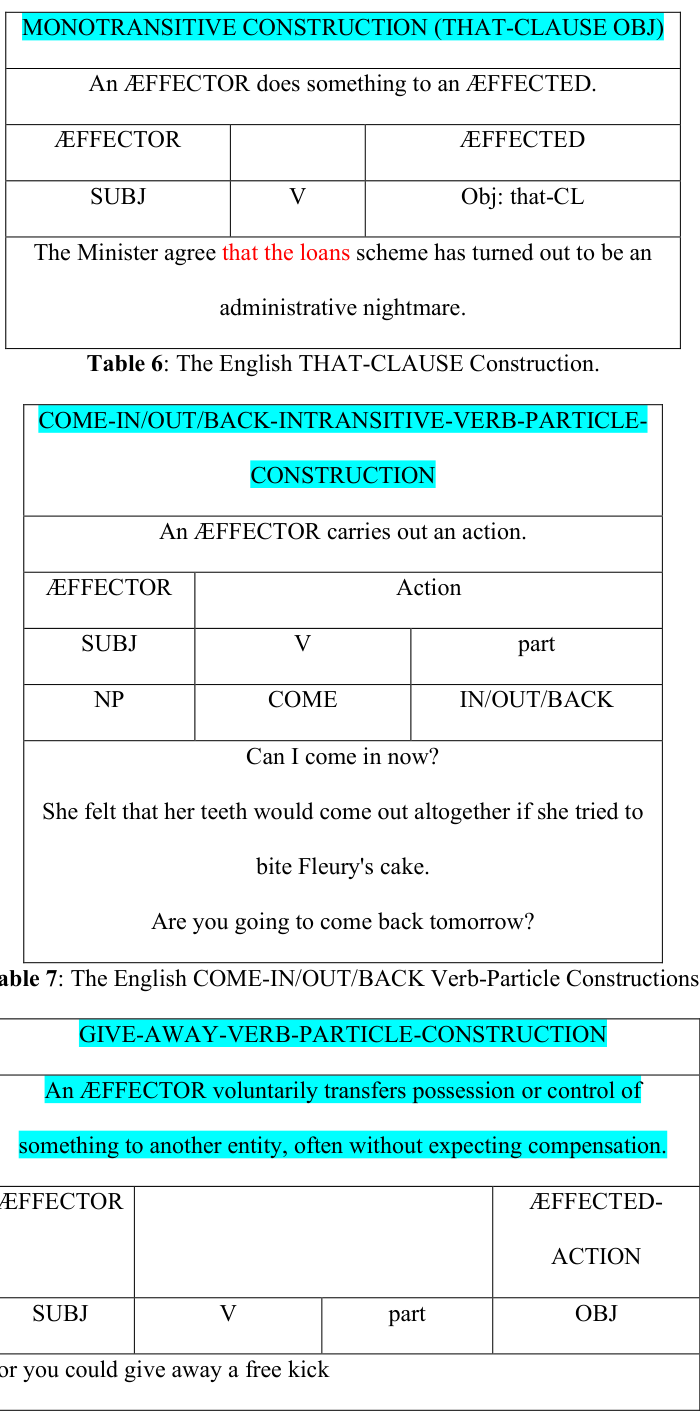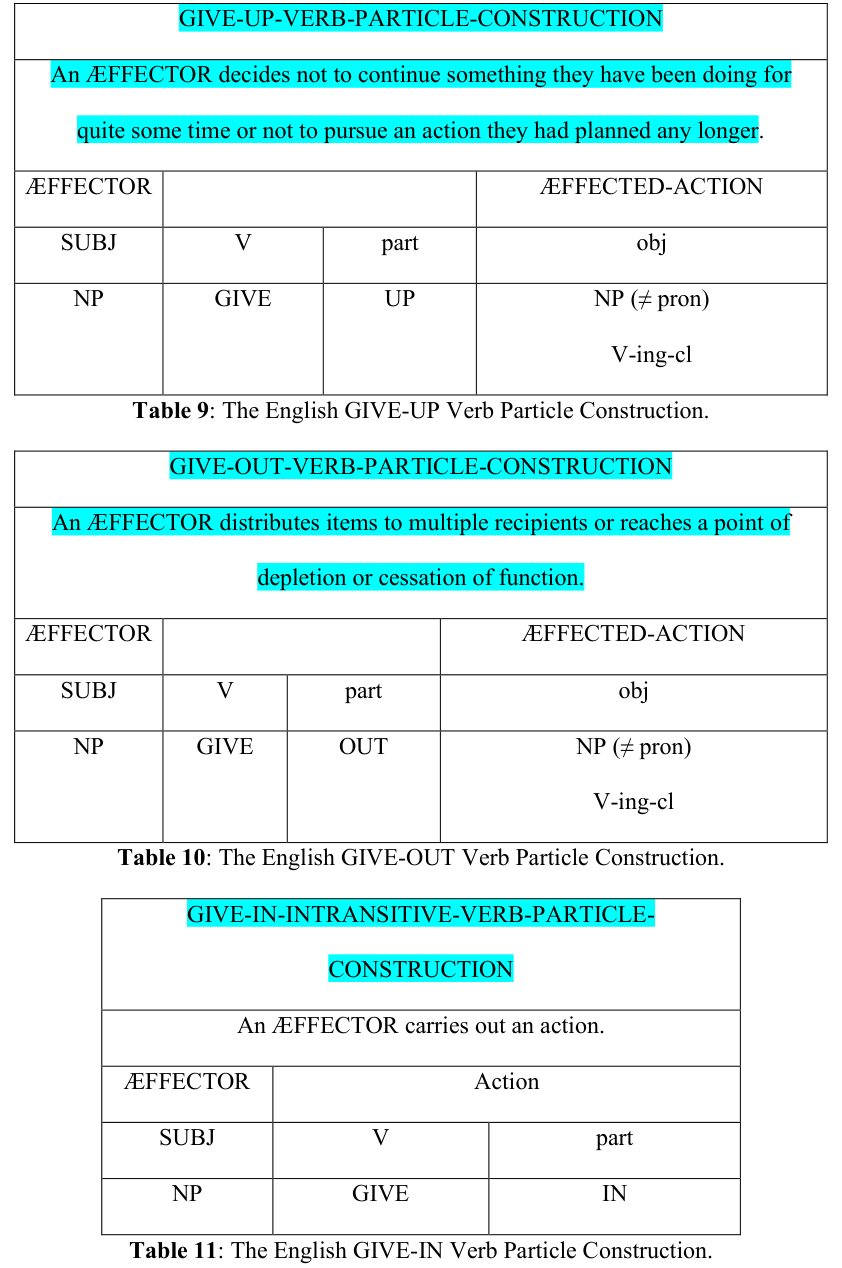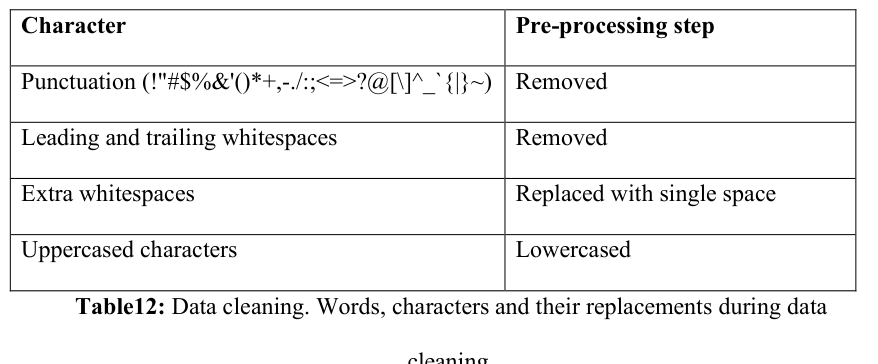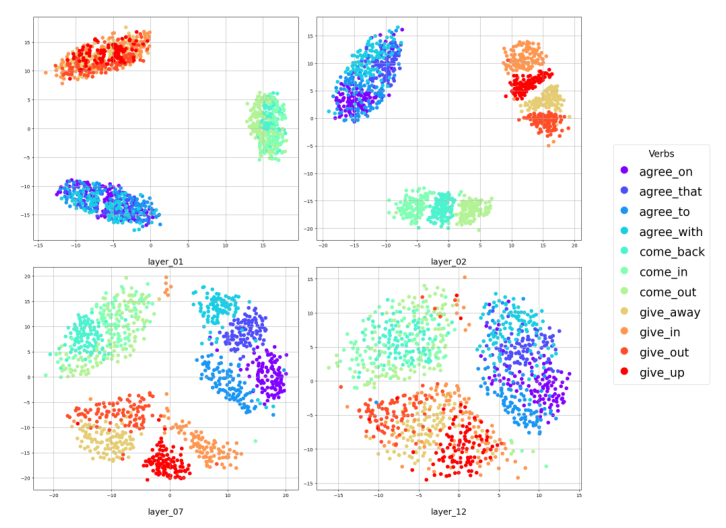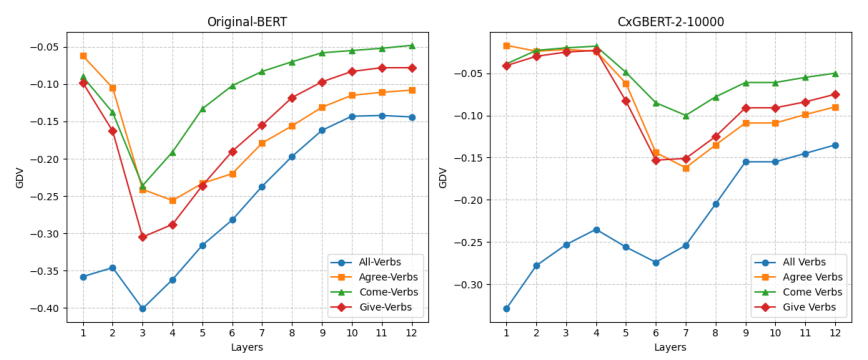Analysis and Visualization of Linguistic Structures in Large Language Models: Neural Representations of Verb-Particle Constructions in BERT
Hassane Kissane, Achim Schilling, Patrick Krauss·December 19, 2024
Summary
The study by Hassane Kissane, Achim Schilling, and Patrick Kraus examines neural representations of verb-particle constructions in BERT, focusing on linguistic structures within large language models. Researchers from the Department of English and American Studies, Neuroscience Lab, and Pattern Recognition Lab at the University of Erlangen-Nuremberg investigate how BERT processes verb-particle combinations. This study analyzes transformer-based large language models' internal representations of verb-particle combinations, focusing on BERT's ability to capture lexical and syntactic nuances across different layers. Results indicate BERT's middle layers effectively capture syntactic structures, with varying representational accuracy across verb categories. This research enhances our understanding of deep learning models' linguistic processing and suggests a complex interplay between network architecture and linguistic representation.
Introduction
Background
Overview of neural language models and their role in processing linguistic structures
Introduction to BERT (Bidirectional Encoder Representations from Transformers) and its significance in natural language processing
Context of the study: the importance of verb-particle constructions in linguistic analysis and their representation in large language models
Objective
The aim of the research: to investigate how BERT processes verb-particle combinations and captures lexical and syntactic nuances
The focus on transformer-based models and their ability to represent complex linguistic features across different layers
Method
Data Collection
Description of the dataset used for the study, including the selection criteria for verb-particle combinations
Explanation of the process for collecting linguistic data for analysis
Data Preprocessing
Techniques applied to the collected data to prepare it for BERT's input
Discussion on the importance of preprocessing in ensuring the accuracy of the model's representation
Model Application
Detailed explanation of how BERT was used to process the verb-particle combinations
Analysis of the model's performance across different layers in capturing syntactic structures and lexical nuances
Evaluation Metrics
Description of the metrics used to assess the representational accuracy of BERT's internal representations
Explanation of how these metrics contribute to understanding the model's linguistic processing capabilities
Results
Layer Analysis
Presentation of findings on how BERT's middle layers effectively capture syntactic structures
Discussion on the representational accuracy across different verb categories and the implications for linguistic representation
Comparative Analysis
Comparison of BERT's performance with other models or methods in processing verb-particle constructions
Insights into the unique advantages and limitations of using transformer-based models for linguistic analysis
Discussion
Architectural Implications
Examination of the complex interplay between network architecture and linguistic representation in BERT
Analysis of how architectural decisions influence the model's ability to capture linguistic nuances
Theoretical Contributions
Discussion on the broader implications of the study for the field of computational linguistics and natural language processing
Insights into how the findings can inform future research and model development
Conclusion
Summary of Findings
Recap of the key results and their significance in understanding BERT's linguistic processing capabilities
Future Directions
Suggestions for further research to explore the limits and potential improvements of BERT and similar models in linguistic representation
Consideration of how the study's findings can be applied to enhance language understanding and processing in real-world applications
Basic info
papers
computation and language
artificial intelligence
Advanced features
Insights
What is the main focus of the study by Hassane Kissane, Achim Schilling, and Patrick Kraus?
What does this study analyze in relation to transformer-based large language models like BERT?
Who are the researchers involved in this study on neural representations of verb-particle constructions in BERT?
How do the results of this study contribute to our understanding of deep learning models' linguistic processing capabilities?
